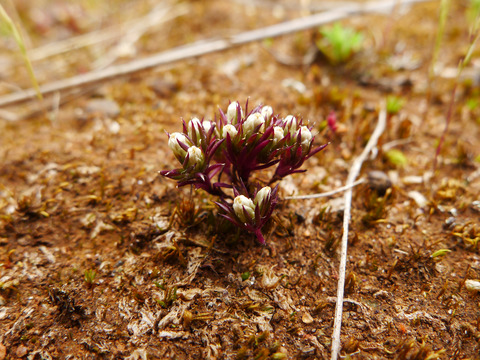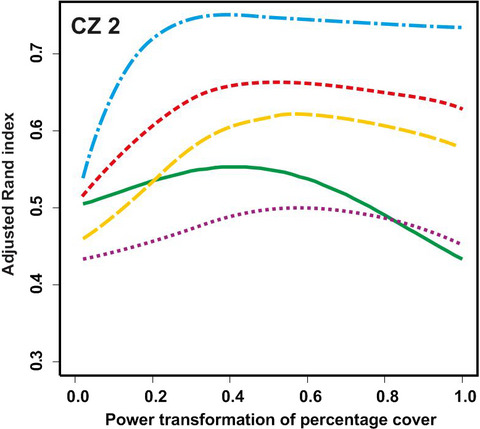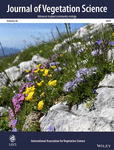Journal list menu
Export Citations
Download PDFs
ISSUE INFORMATION
RESEARCH ARTICLES
Relative contribution of ancient woodland indicator and non-indicator species to herb layer distinctiveness in ancient semi-natural, ancient replanted, and recent woodland
- Pages: 471-481
- First Published: 19 May 2020
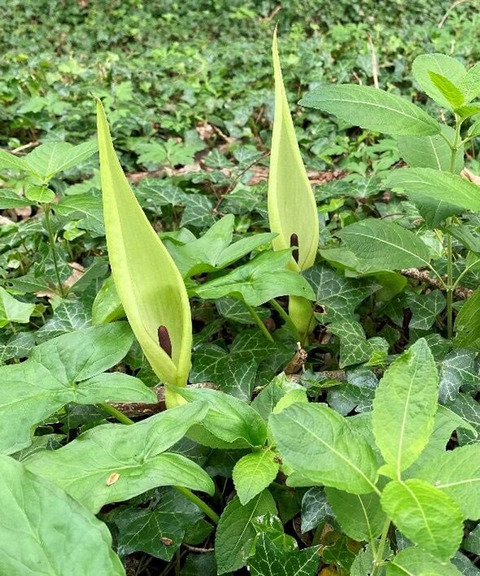
Ancient woodland indicator species richness is commonly used to distinguish ancient from recent woodland, and to measure restoration success. The non-indicator component of the plant community is often overlooked. A survey of 45 woodlands detected a significant role for non-indicator species in the designation and management of ancient semi-natural, ancient replanted, and recent woodlands at alpha, beta, and gamma levels.
Environmental filtering and spatial processes shape the beta diversity of liana communities in a valley savanna in southwest China
- Pages: 482-494
- First Published: 10 July 2020

The mechanisms underlying liana community assembly in a Chinese savanna ecosystem were studied. Results showed that liana taxonomic, functional and phylogenetic beta diversity was affected by environmental filtering and spatial processes. Functional and phylogenetic diversity was more subject to environmental filtering. Soil pH had the highest contribution to taxonomic and functional diversity, while soil total nitrogen contributed most to phylogenetic diversity.
Vegetation change over a period of 46 years in a Mediterranean mountain massif (Penyagolosa, Spain)
- Pages: 495-507
- First Published: 03 June 2020
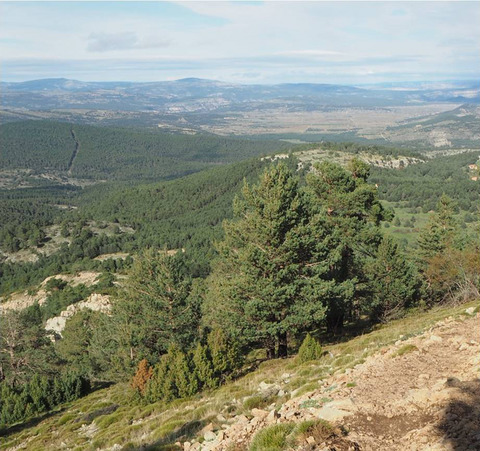
Very few studies have dealt with long-term vegetation changes in Mediterranean mountains using floristic approaches. Here we resurveyed 92 relevés performed in 1968 in Penyagolosa (Spain), corresponding to plant communities that differ in altitude, soil type, and successional stage. Climate change and land use transformations are the main drivers of change, but with different effects depending on the plant community.
Long-term vegetation changes in Nardus grasslands indicate eutrophication, recovery from acidification, and management change as the main drivers
- Pages: 508-521
- First Published: 08 July 2020
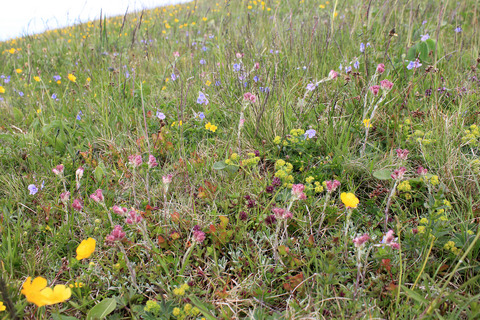
We investigated long-term vegetation changes in Nardus grasslands in two regions of Central Germany. Floristic changes clearly indicate eutrophication by moderate declines in character species, while soil pH increased and C:N ratio decreased simultaneously. We suggest that eutrophication by a combination of N deposition, effects of declining sulphur deposition in recent decades, and insufficient management to be responsible for these changes. Flowering aspect in spring of species-rich Nardus grasslands in the Rhön Mountains (Central Germany). This semi-natural grassland community hosts a high number of threatened species across taxa but are particulary vulnerable to impacts of multiple drivers of global change as our long-term study shows. Photo by Nils Stanik, 2015.
Grazing by wild red deer maintains characteristic vegetation of semi-natural open habitats: Evidence from a three-year exclusion experiment
- Pages: 522-538
- First Published: 01 June 2020
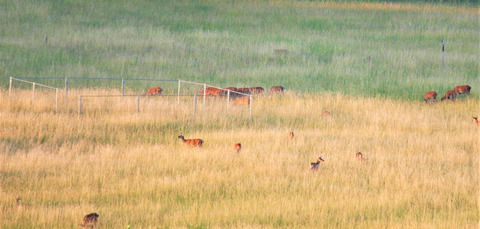
We tested if grazing by wild red deer (Cervus elaphus) can contribute to maintaining semi-natural grasslands and heathlands. Three years of red deer exclusion reduced plant diversity in grasslands. Vegetation structure and composition in fenced plots indicated beginning succession in grasslands and heathlands. We suggest wild red deer as an alternative tool for conservation management of open habitats, particularly for large and inaccessible areas.
A functional assessment of the impact of changing grazing management of upland grassland mosaics
- Pages: 539-550
- First Published: 30 May 2020
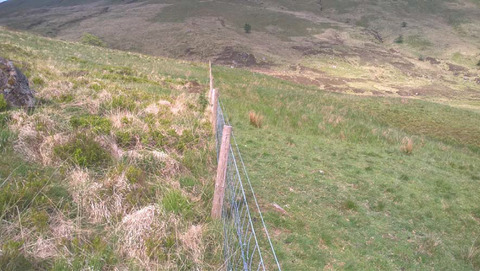
We analysed functional traits changes in a large, upland grazing experiment. Plot level changes in trait values were small, showing the resistance of the habitat mosaic to changing grazing management. Responses were most pronounced in the unpreferred wet heath, which still contained species capable of exploiting reduced grazing. Cattle impacts were highest in the trampling-sensitive bracken and wet heaths.
Effects of livestock grazing on plant species diversity vary along a climatic gradient in northeastern Iran
- Pages: 551-561
- First Published: 01 July 2020
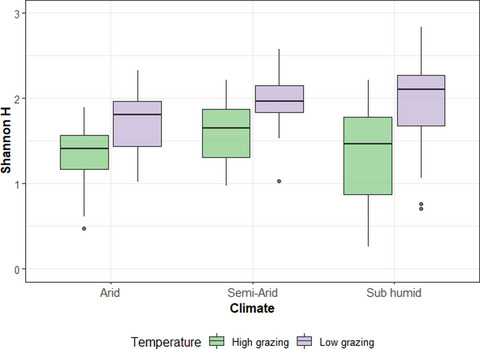
The effects of overgrazing were investigated in three climatic regions in northeastern Iran: arid, semi-arid and sub-humid region. Overgrazing was detected to reduce diversity and affect species composition in all three regions. However, its effects were most profound in the sub-humid region, as these species may be adapted to competition rather than to the stress and disturbance induced by overgrazing.
Expanding the invasion footprint: Ventenata dubia and relationships to wildfire, environment, and plant communities in the Blue Mountains of the Inland Northwest, USA
- Pages: 562-574
- First Published: 21 June 2020

A recently introduced annual grass, Ventenata dubia, challenges perceptions of ecological resistance where it invades previously uninvaded Blue Mountains dry forest mosaic ecosystems. Burning may exacerbate negative relationships between V. dubia and species richness, evenness, and functional diversity, including in communities that historically rarely burned
Shrinking opportunities for establishment of native annual forbs in fragmented grassy woodlands
- Pages: 575-585
- First Published: 02 June 2020
Establishment of a desert foundation species is limited by exotic plants and light but not herbivory or water
- Pages: 586-597
- First Published: 12 July 2020
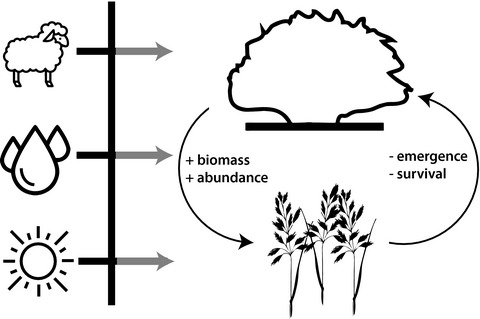
Foundation shrubs can facilitate the biomass and abundance of exotic grasses. However, these grasses in turn compete with the shrubs and reduce the emergence and survival of shrub seedlings. We found this pattern to remain consistent regardless of manipulations to artificial grazing, water level, and shading.
Acacia invasion is facilitated by landscape permeability: The role of habitat degradation and road networks
- Pages: 598-609
- First Published: 28 July 2020
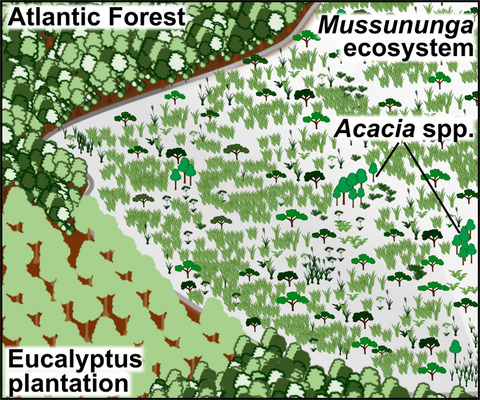
In this paper, we investigated the role of the landscape on the biological invasion by Acacia mangium and Acacia auriculiformis into the sandy-savanna Mussununga ecosystem. We found rain forest degradation and increases of the road network favor the landscape’s permeability to Acacia species, as well as that landscapes with less Mussununga area are more likely to be invaded.
Impact of adjacent land use on the ecological condition of riparian habitats: The relation between condition and vegetation properties
- Pages: 610-621
- First Published: 08 June 2020
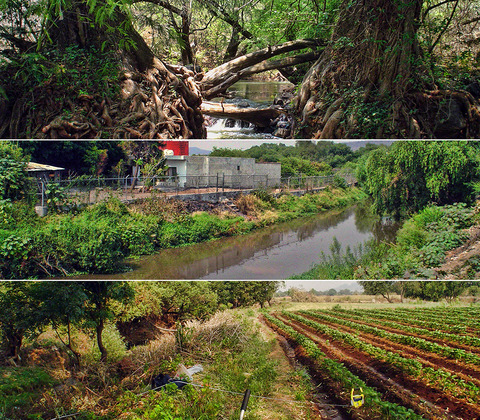
We demonstrate that adjacent land-use type affects the ecological condition of riparian habitats. We also show that scientists, land managers and the general public might be able to assess the ecological condition of riparian habitats, its diversity, its floristic composition and the structural complexity of vegetation through low-cost and time-efficient indices, and hence, design conservation, management and restoration strategies for riparian habitats.
Changes in plant functional composition of wetland vegetation along an aridity gradient on the Highveld plateau of South Africa
- Pages: 622-634
- First Published: 24 July 2020

We wanted to know how vegetation of wetlands changes along a climatic and altitudinal gradient, in order to predict how vegetation may change with future climatic changes. For this, we used a dataset of wetland vegetation plots on the Highveld in South Africa, measured functional traits of the dominant plants and conducted several ordination analyses to reveal the main gradients and axes of variation in the plants.
Long-term trends in the distribution, abundance and impact of native “injurious” weeds
- Pages: 635-647
- First Published: 26 July 2020
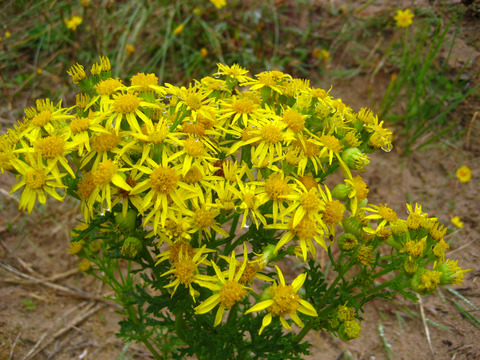
This study quantifies changes in the frequency and abundance of six pernicious weed species over a 30-year period. All of the weed species increased in abundance, and negative relationships with indicators of high conservation value have implications for landscape-scale plant species diversity. A hypothesis-driven analysis of potential driving variables attributed changes to disturbance, fertility and land management.
VEGETATION SURVEY
EUNIS Habitat Classification: Expert system, characteristic species combinations and distribution maps of European habitats
- Pages: 648-675
- First Published: 26 July 2020
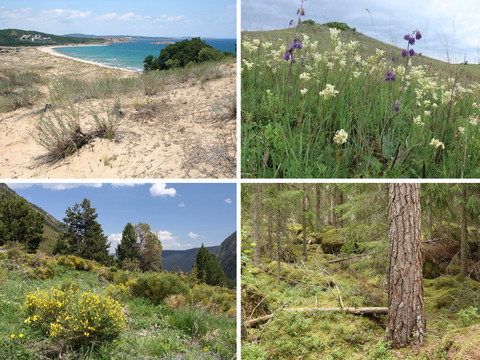
EUNIS Habitat Classification is a standard classification of European habitats. We developed the classification expert system EUNIS-ESy, which assigns vegetation plots to EUNIS habitats based on their species composition and geographic location. We classified 1,261,373 vegetation plots from the European Vegetation Archive and determined characteristic species combinations and prepared distribution maps for 199 habitats at Level 3 of EUNIS hierarchy.
Diversity of wet and mesic grasslands along a climatic gradient on the southern margin of the Pannonian Basin
- Pages: 676-697
- First Published: 19 April 2020
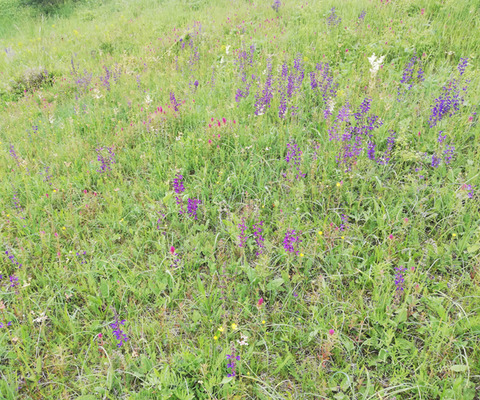
Our research deals with floristic and ecological differentiation of mesic to humid semi-natural meadows and pastures along a macroclimatic gradient at the southern edge of the Pannonian plain. In this gradient, various vegetation types appear reflecting also microclimatic conditions and management practices. We evaluated their floristic composition, ecology and distribution, as well as their correspondence with Annex I of EU Habitat Directive 92/43/EEC.
METHODS IN VEGETATION SCIENCE
Vegetation unit assignments: phytosociology experts and classification programs show similar performance but low convergence
- Pages: 698-709
- First Published: 12 July 2020
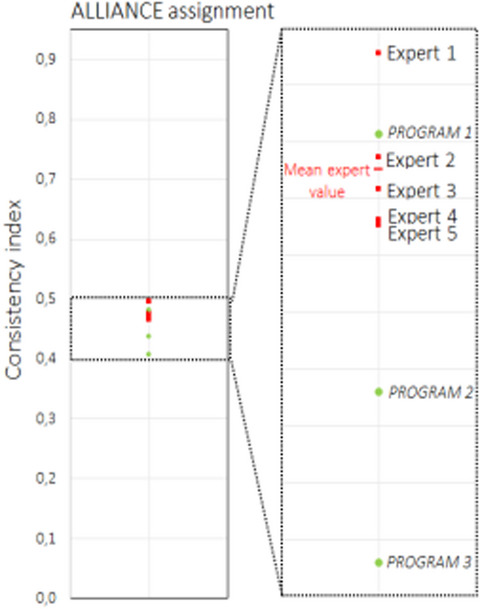
We assessed for the first time the consistency of vegetation unit assignments by five experts and three automatic classification programs. We observed a lack of consistency among experts, and programs performed quite similarly as experts did. The results support the current trend toward unifying the existing classifications, and pave the way for the creation of habitat time series crucial for monitoring.
Optimal transformation of species cover for vegetation classification
- Pages: 710-717
- First Published: 17 June 2020
FORUM
The perspective of unmanned aerial systems in forest management: Do we really need such details?
- Pages: 718-721
- First Published: 27 May 2020
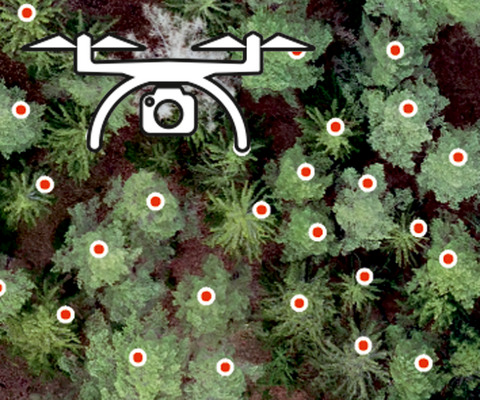
Understanding of forest and monitoring of ongoing changes can be key to climate change mitigation. Drones may locally bridge the gap between remote imaging and field surveys. Information on structure and health status can be captured by casual cameras at reasonable cost with sufficient accuracy, which makes the high costs associated with better detail unjustifiable for the common forest practice.
MISCELLANEOUS
Applied Vegetation Science is moving to online-only!
- Page: 722
- First Published: 08 December 2020





